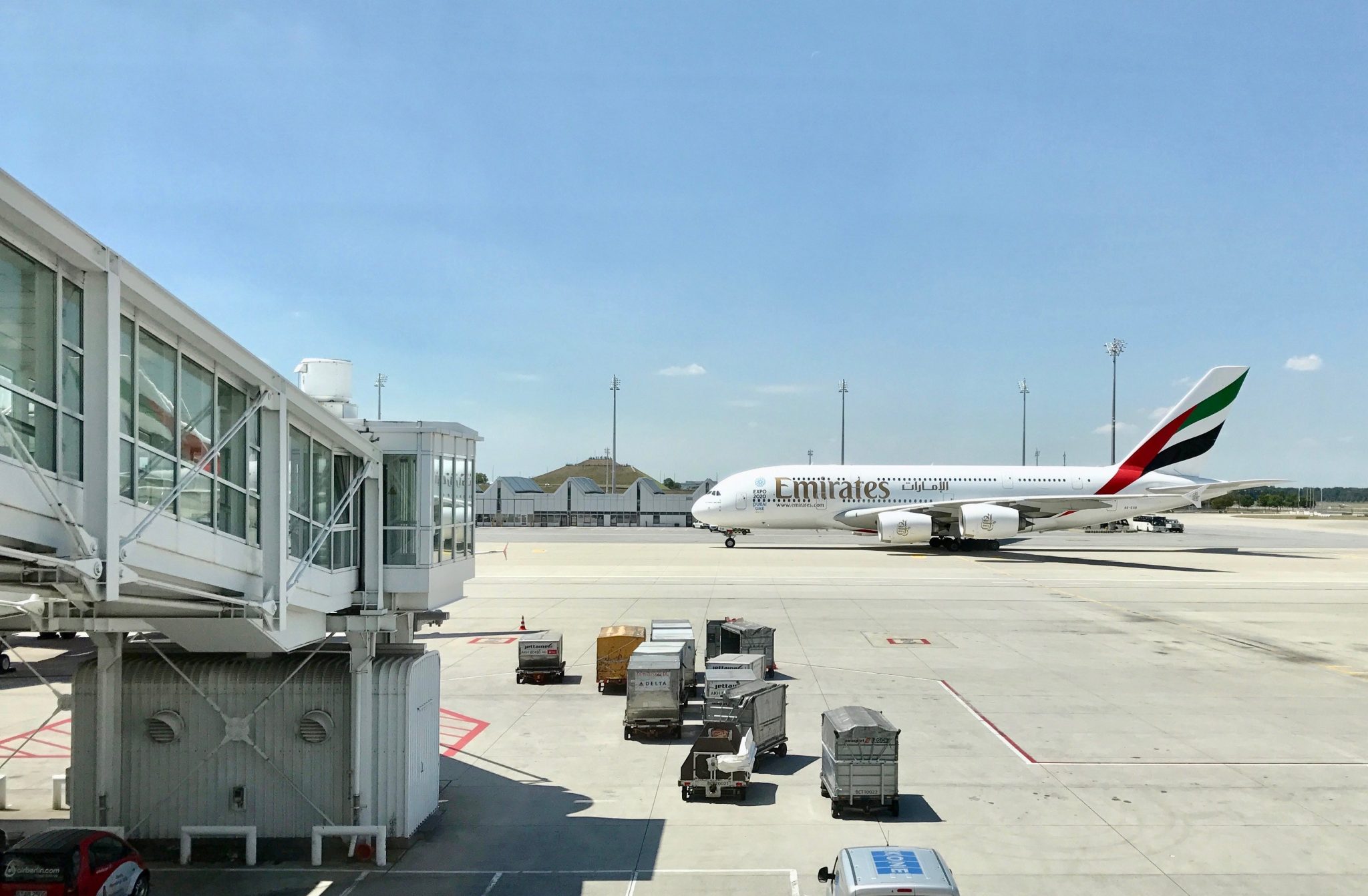
Ever wondered how airlines manage to offer seamless travel across different countries and continents? Airline partnership agreements make this possible. These agreements allow airlines to collaborate, share resources, and provide passengers with more options and better services. But what exactly are these partnerships, and how do they benefit travelers? Airline partnerships come in various forms, such as codeshare agreements, alliances, and joint ventures. Each type has its unique advantages and complexities. From earning frequent flyer miles on multiple airlines to enjoying smoother connections, these partnerships can significantly enhance your travel experience. Ready to learn more? Let's dive into 20 fascinating facts about airline partnership agreements!
Key Takeaways:
- Airline partnership agreements bring benefits like more destinations, seamless connections, and shared lounges for passengers, making travel easier and more enjoyable.
- Airlines benefit from cost sharing, market expansion, and resource optimization through partnerships, helping them stay competitive and profitable in the global market.
What Are Airline Partnership Agreements?
Airline partnership agreements are collaborations between airlines to enhance their services, expand their networks, and provide better options for passengers. These partnerships can take various forms, such as codeshare agreements, joint ventures, and alliances. Here are some intriguing facts about these agreements.
-
Codeshare Agreements: These allow airlines to sell seats on each other's flights, making it easier for passengers to book connecting flights with different carriers.
-
Joint Ventures: In these partnerships, airlines share revenue and costs on certain routes, providing a more seamless experience for travelers.
-
Alliances: Major airline alliances like Star Alliance, SkyTeam, and Oneworld consist of multiple airlines working together to offer extensive global networks.
Benefits for Passengers
Airline partnerships bring numerous advantages to travelers, from more flight options to better services. Let's explore some of these benefits.
-
Increased Destinations: Passengers can access a wider range of destinations through partner airlines, often with a single booking.
-
Seamless Connections: These agreements often result in smoother connections between flights, reducing layover times and the hassle of rechecking luggage.
-
Frequent Flyer Programs: Travelers can earn and redeem miles across partner airlines, making it easier to accumulate rewards.
-
Shared Lounges: Passengers can enjoy access to partner airline lounges, enhancing their travel experience.
Benefits for Airlines
Airline partnerships aren't just beneficial for passengers; they also offer significant advantages to the airlines involved. Here are some key benefits for airlines.
-
Cost Sharing: Airlines can share operational costs, such as fuel and maintenance, making routes more profitable.
-
Market Expansion: Partnerships allow airlines to enter new markets without the need for additional aircraft or staff.
-
Resource Optimization: Airlines can optimize their resources by sharing aircraft and crew on certain routes.
-
Competitive Edge: Collaborating with other airlines helps carriers stay competitive in the global market.
Challenges of Airline Partnerships
While airline partnerships offer many benefits, they also come with challenges. Here are some of the hurdles airlines face.
-
Regulatory Hurdles: Different countries have varying regulations, making it complex to establish and maintain partnerships.
-
Cultural Differences: Airlines from different regions may have different corporate cultures, leading to potential conflicts.
-
Revenue Sharing: Deciding how to split revenue can be a contentious issue between partner airlines.
-
Customer Service Consistency: Ensuring a consistent level of service across partner airlines can be challenging.
Famous Airline Partnerships
Some airline partnerships have become well-known due to their success and impact on the industry. Here are a few notable examples.
-
Delta and Virgin Atlantic: This partnership has expanded transatlantic travel options and improved services for passengers.
-
American Airlines and British Airways: Their joint venture has strengthened their presence on routes between the U.S. and Europe.
-
Qantas and Emirates: This collaboration has enhanced connectivity between Australia and Europe, benefiting travelers from both regions.
Future of Airline Partnerships
The landscape of airline partnerships is continually evolving. Here are some trends and predictions for the future.
-
Increased Digital Integration: Technology will play a significant role in streamlining partnerships, making it easier for airlines to collaborate.
-
Sustainability Initiatives: Future partnerships may focus more on sustainability, with airlines working together to reduce their environmental impact.
Final Thoughts on Airline Partnerships
Airline partnerships bring a lot to the table for both airlines and passengers. They help airlines expand their reach without adding new planes. Passengers get more flight options, better prices, and smoother travel experiences. Frequent flyer programs become more valuable, letting travelers earn and use miles on multiple airlines. These partnerships also lead to shared lounges and other perks, making travel more comfortable. However, not all partnerships are created equal. Some offer more benefits than others, so it's smart to check the details before booking. Understanding these agreements can help you make the most of your travel plans. Whether you're a frequent flyer or just planning a vacation, knowing how airline partnerships work can save you time, money, and hassle. So next time you book a flight, consider the partnerships involved. It might just make your journey a whole lot better.
Frequently Asked Questions
Was this page helpful?
Our commitment to delivering trustworthy and engaging content is at the heart of what we do. Each fact on our site is contributed by real users like you, bringing a wealth of diverse insights and information. To ensure the highest standards of accuracy and reliability, our dedicated editors meticulously review each submission. This process guarantees that the facts we share are not only fascinating but also credible. Trust in our commitment to quality and authenticity as you explore and learn with us.


